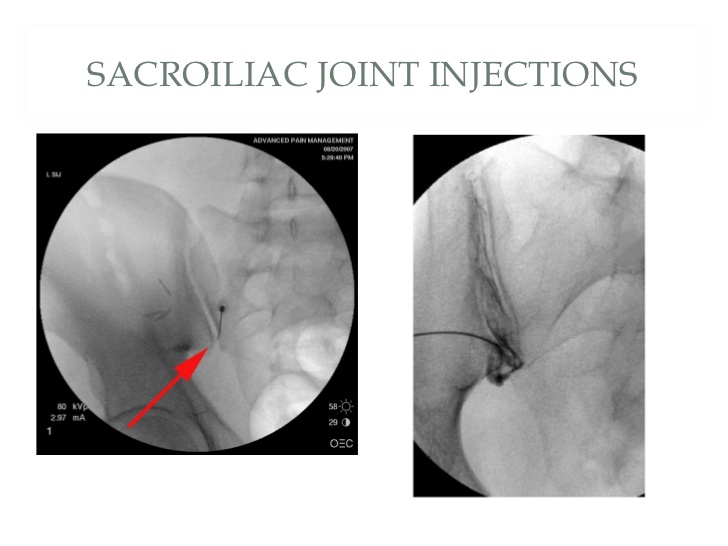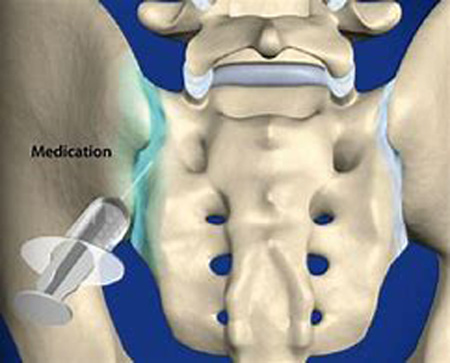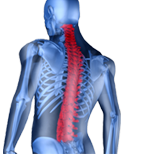Sacroiliac Joint Injection


What is a Sacroiliac Joint?
Sacroiliac joints connect your spine to your hip bone. They connect the bottom of the spine, called the sacrum, to the outer part of the hip bone, called the ilium. You have two sacroiliac joints, one on each side of the sacrum.
Sacroiliac joints help control your pelvis when you move. They help transfer forces from your lower body to your upper body. Each sacroiliac joint has several ligaments to help strengthen it.
What is sacroiliac joint pain?
You may feel pain if a sacroiliac joint is injured. At times it may feel like simple muscle tension, but at other times the pain can be severe.
Sometimes the cartilage inside the joint is injured, but at other times only the ligaments around the joint are affected.
You usually feel sacroiliac joint pain in an area from your low back down to your buttocks. But sometimes, if a joint is very inflamed, pain may even extend down the back of the leg.
How do I know if I have sacroiliac joint pain?
If you have pain in one or more of these areas you may have sacroiliac joint pain. Common tests such as x-rays or MRIs may not always show if a sacroiliac joint is causing pain. Your pain doctor can perform other tests to find out if you have sacroiliac joint pain.
Procedure Detail
You may be given oral Valium or IV (intravenous) medication to help you relax. You may lie down with face down on the procedure table. The Sacroiliac joint is identified under fluoroscopy (a type of X-ray is used to ensure the safe and proper position of the needle). A local anesthetic is used to numb your skin. The doctor will insert a thin needle directly into the inferior aspect of the sacroiliac joint. A dye may also be injected to help make sure the needle is at the correct spot, which is confirmed with fluoroscopy. Once the doctor is sure the needle is correctly placed, the medicine will be injected. A mixture of local anesthetic and corticosteroid are injected into one or both of your sacroiliac joints, or into the ligaments surrounding the joints. The local anesthetic, a numbing medicine, lessens your pain temporarily. The corticosteroid reduces inflammation that may be causing pain.
Post Procedure
You will be monitored for up to 10-15 minutes after the injection. You may be sore for 1-2 days.
Take it easy for the rest of the day.
How long can I expect pain relief?
Sometimes an injection can bring several months of pain relief, and then more treatment is needed. Other times, particularly if there is no underlying bone or joint problem, one injection brings long-term pain relief. If your pain is caused by injury to more than one area, only some of your symptoms may be helped by one injection.



